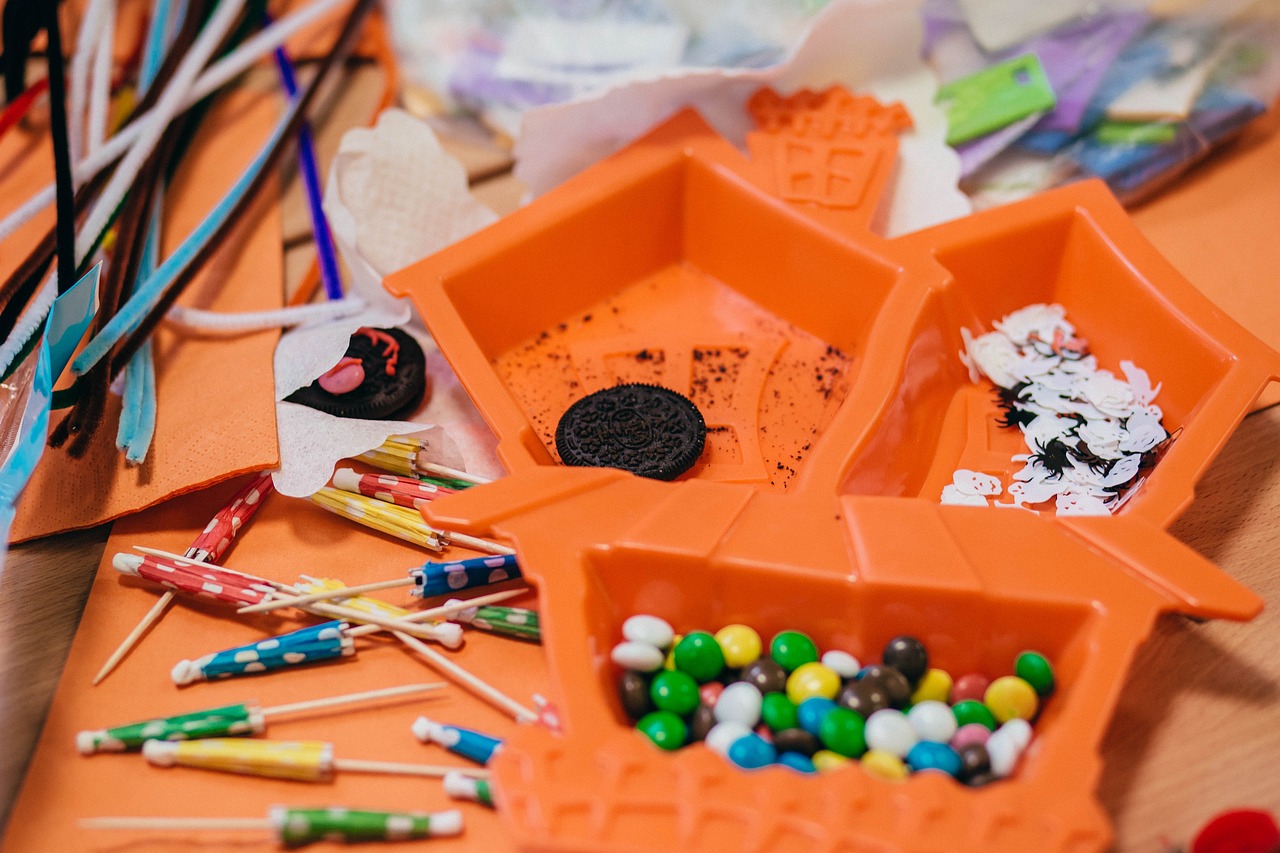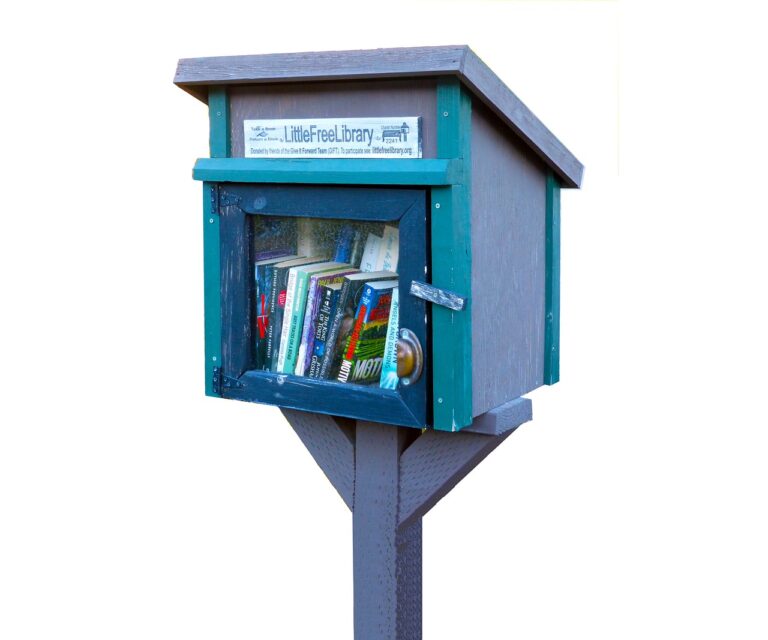Leveraging Digital Storytelling for Language Acquisition
Digital storytelling offers language learners a unique and engaging way to improve their skills. By incorporating multimedia elements such as images, videos, and audio into the learning process, students are able to connect with the language on a deeper level. This visual and auditory stimulation helps to enhance comprehension and retention, making the learning experience more enjoyable and effective.
Furthermore, digital storytelling allows for personalization and creativity in language learning. Students can create their own stories using the language they are studying, which not only reinforces their understanding of vocabulary and grammar but also encourages them to express themselves in a meaningful way. This active participation in the storytelling process fosters a sense of ownership over their learning journey, leading to increased motivation and confidence in using the language.
Benefits of Using Technology for Language Acquisition
Incorporating technology into language acquisition has become increasingly prevalent in educational settings. The interactive nature of digital tools can greatly enhance the learning experience for students, providing them with opportunities to engage with language in a dynamic and immersive way. From language-learning apps to online language courses, technology offers a wide range of resources that cater to different learning styles and preferences.
One of the key benefits of using technology for language acquisition is the ability to access authentic and relevant content. Through online platforms, learners can engage with real-life materials such as videos, podcasts, and articles in the target language. This exposure to authentic language usage helps learners develop their communication skills and cultural understanding, making the learning process more meaningful and engaging.
Engaging Language Learners through Digital Narratives
When it comes to engaging language learners, digital narratives have proven to be a valuable tool. Through storytelling in the digital realm, students are able to immerse themselves in authentic language contexts, enhancing their comprehension and retention. The interactive nature of digital narratives allows learners to actively participate in the language learning process, fostering a deeper understanding of vocabulary, grammar, and cultural nuances.
In addition to promoting language acquisition, digital narratives offer a dynamic and engaging way to explore different linguistic structures and styles. By incorporating multimedia elements such as videos, images, and audio clips, learners are exposed to a variety of sensory inputs that cater to different learning styles. This multi-modal approach not only keeps students motivated and interested, but also helps them develop their listening, speaking, reading, and writing skills in a more holistic manner.
– Digital narratives immerse students in authentic language contexts
– Interactive nature allows for active participation in learning process
– Enhances comprehension and retention of vocabulary, grammar, and cultural nuances
– Multimedia elements cater to different learning styles
– Promotes development of listening, speaking, reading, and writing skills in a holistic manner
What is digital storytelling?
Digital storytelling is the practice of using digital tools such as images, videos, and audio to tell a story.
How can digital storytelling benefit language learners?
Digital storytelling can make language learning more engaging and interactive, helping learners improve their language skills in a fun and creative way.
What are some examples of digital storytelling tools that can be used for language learning?
Some examples of digital storytelling tools include video editing software, interactive presentation tools, and online storytelling platforms.
How can teachers incorporate digital narratives into their language lessons?
Teachers can incorporate digital narratives into their lessons by assigning storytelling projects, using multimedia resources, and encouraging students to create their own digital stories.
What are some tips for creating effective digital narratives for language learning?
Some tips for creating effective digital narratives include keeping the story concise, using visuals to support the narrative, and incorporating language practice opportunities throughout the story.







